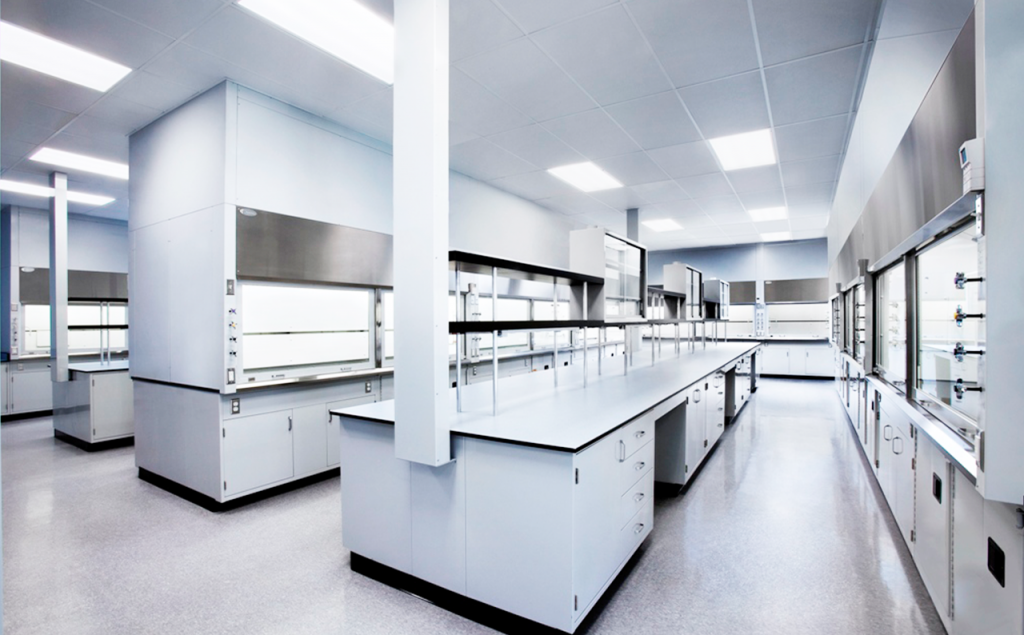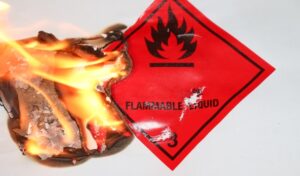
As with any design or structural element of your laboratory, intended use is the focal point of the equipment you source. Consider what are you are going to be using your equipment for and how the surrounding environment might affect this chosen or required placement. The two most common types of lab casework are metal and plastic laminate. In the following article we will discuss the pros and cons of each type for your lab.
Steel Casework – When choosing steel casework for your lab, there are two common materials to choose from: carbon cold-rolled steel with a powder coated finish and stainless steel.
Cold-rolled steel is less expensive than stainless and is most common in the industry. The cold-rolled steel sheet production process is referred to as the cold plate. Its sheet thickness is usually between 0.1 and 8.0mm, most commonly 4.5mm or less. It is painted and powder coated, giving the user more design options. Cold-rolled steel is not resistant to everything, but great value in terms of strength, durability, and aesthetic.
Stainless is mostly used when a high-level of sterility is necessary. It’s most commonly found in high corrosive and high-moisture environments. It is also commonly found in hospitals, morgues, labs working with blood or biological agents, or any lab that might experience a high level of abuse. Stainless steel is easily cleaned, will not rust and is recyclable.
Using steel casework for your lab has countless benefits over plastic laminate. It is the strong choice, with longer shelf life, that can withstand tough abuse experiments and has various chemical resistances when diving deeper into more specific types of metals. The lead-time for stainless or carbon-rolled lab equipment is longer than plastic cabinetry, as the welding and polishing aspect proves more difficult due to the durability of the product. For these very reasons they are also more sought after and trusted.
High-pressure, Plastic Laminate Casework
When choosing high-pressure, plastic laminate casework for your lab there is an option for standard grade or chemical resistant. This is ideal is you’re looking to build your lab on a budget, however depending on the indented use of the material it might not be wise. We explain more below.
Standard grade is the off-the-shelf, non-custom plastic material used in a wide range of circumstances.
Chemical resistant plastic is just as it sounds, it is customizable to withstand various chemicals during your experiment.
High-pressure laminate, otherwise known as plastic laminate, is easy to care for and made at a lower cost. Plastic laminate has a hard, smooth, durable and easy-to-clean surface with a vast selection of colors and patterns. A few of your typical plastic laminate manufactures are Wilsonart, Formica, Nevamar and LisStat.
The composition of high-pressure laminate is a melamine top sheet laid up on a MDF or particleboard core. Its application is made for light duty areas, like a break room or example laboratory. It also applies to special application processes like Electric Static Dissipative (ESD). Plastic laminate is ideal for shelving.



